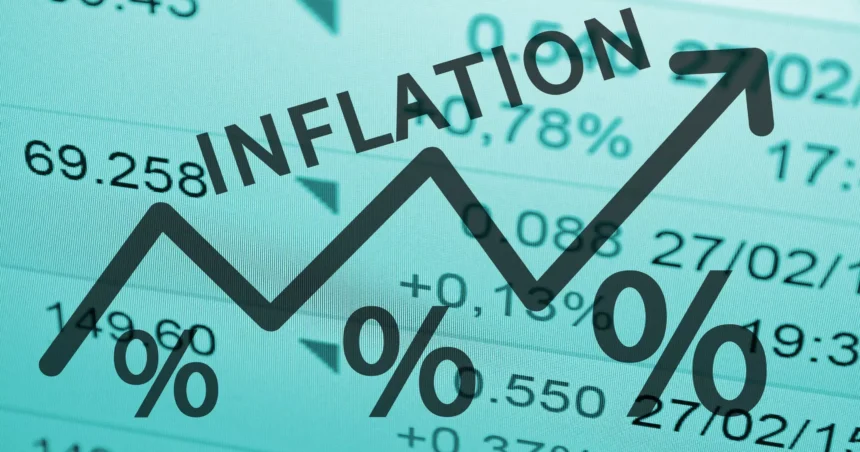There’s relief for people of Australia in inflation, there is good news that the Reserve Bank of Australia (RBA) has reduced its benchmark interest rate by 25 basis points. As per the records, this is the lowest level since May 2023, and the interest rates have gone down to 3.85%
The news was announced after the central bank’s policy meeting, the following decision aligns with market expectations. This decision reflects the ease of growing inflationary pressures across the Australian economy.
Inflation Pressures Released, Creating Space for Policy Easing
Yes, the RBA monetary policy statement has lowered inflation risks that have “diminished substantially.” As per the data, Australia’s inflation has dropped to 2.4% in the first quarter of 2025, marking a four-year low.
The following figure brings inflation within the central bank’s target range of 2% to 3%, giving policymakers more room to shift toward an accommodative monetary policy.
The bank also projected that inflation may temporarily rise in the second half of 2025 as household subsidies are phased out, but expects it to return to target in the longer term.
Economic Recovery Faces Headwinds
Even though the economy is starting to recover, the Reserve Bank of Australia (RBA) is still careful about how fast people are spending and how quickly the job market is growing. They expect household spending to stay low, and they warn that it might take some time before people feel confident enough to spend more.
“There is a good chance that the RBA will cut rates further than we are currently anticipating during this cycle,” said Abhijit Surya, Senior APAC Economist at Capital Economics. Surya added, however, that the bank may have overestimated the impact of global trade tensions on Australia’s economy.
Global Trade Tensions Remain a Concern
Ongoing uncertainties in global trade policy continue to pose risks for Australia’s economic outlook. In a recent note, HSBC analysts highlighted market turbulence and trade disruptions linked to the temporary “Liberation Day” tariffs announced by former U.S. President Donald Trump. Although the tariffs were suspended, the initial shock continues to affect sentiment in global markets.
HSBC analysts forecast a “modest negative growth impact” on Australia due to the rerouting of Chinese exports and broader global slowdown, which they believe may contribute to a slight disinflationary trend.
Outlook: More Rate Cuts Possible
In its economic assessment, the RBA acknowledged that downside risks have grown more prominent. Carl Ang, Fixed Income Research Analyst at MFS Investment Management, noted in a May 15 report that uncertainty stemming from international trade measures has increased significantly.
Carl Ang believes the Reserve Bank of Australia (RBA) will take a softer approach in the next few months, possibly lowering interest rates to around 3.1% by early 2026.
Australia’s Economy Shows Tentative Growth
Talking about Australia’s economy, it has grown 1.3% from 2023 to the last three months of 2024. This was a positive change as there was no exponential growth since September 2023.
However, experts are still cautious with their outlook, as weak consumer spending and unstable global trade could slow down future growth.
Although inflation is under control and economic growth seems to be growing, the RBA is expected to maintain a flexible policy approach in the coming quarters. Future rate adjustments will likely depend on global developments and the pace of domestic economic activity.
Australia’s government is making every effort to keep the nation’s economy on track and make sure its citizens don’t suffer due to inflation. If you want to keep yourself updated with such types of news, then stay tuned to 10X Times.






